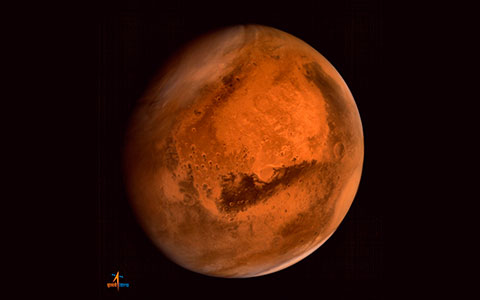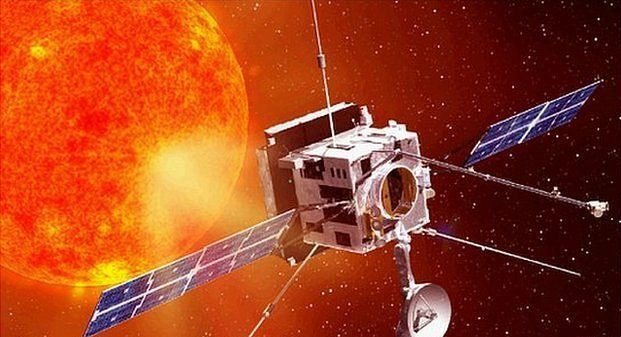India’s iconic Mangalyaan mission (Mars Orbiter Mission) has achieved another milestone just after completing its third anniversary. A photo taken by the Mars Orbiter has become the cover page of National Geographic Magazine. The image captured by the simple camera aboard MoM shows full disk of Mars.
Commenting on the event, experts said that very few such high-resolution full disk images of Mars are available. Although, several countries cumulatively have conducted over 50 missions to the Red Planet in the past but the pic shot by the MoM is simply stunning.

Mars Orbiter is one of the greatest tasks of Indian Space Research Organization that reached Red Planet two years back, on 24th September 2014. The satellite was ultimately intended to examine Mars from various angles and send information and photographs of the Planet to ISRO.
In context to the red planet Mars, a very less amount of picture has been clicked as most photos look straight down in mapping mode. But with the introduction of Mangalyaan, ISRO has become able to get several helpful pictures of the Red Planet, which gave the world practical information about the planet.
But surprisingly, the Mangalyaan mission doesn’t ruin much cash of India as its costs only $73 million (Rs.450 crores in India currency), and this is the cheaper expenses than an eight-lane bridge located in Mumbai in which Indian government invested $340 million.

If you go little more way in terms of the costs, the cost of Mars orbit Mission is also lower than the budget of film “Gravity” which ruined about $105 million. On this context, Mars Orbit Mission is no doubt is a cost-effective and reasonable project of ISRO. Apart from this, Mars Orbit satellite is also distinguished as one of the thinnest and lightweight missile that has implemented since today. It weighs only 1,350-kg which is less than an SUV’s weight.
Due to its efficient performance and excellent information collecting capacity, Mars Orbit Mission has not only helped India to acquire useful information about Mars but also has assisted National Aeronautics and Space Administration (NASA) to complete many space research programs.

The team of Mars Orbiter Mission due to their efficiency in the exploratory skill of Mars bagged 2015 Space Pioneer Award from US-based National Space Society in the science and engineering category.
In two years, the satellite has done several important jobs and sent some of the most valuable data from Mars. And the most remarkable data accumulated by Mars Orbiter incorporates the recognisable proof of watery exercises among the old Martian atmosphere.

